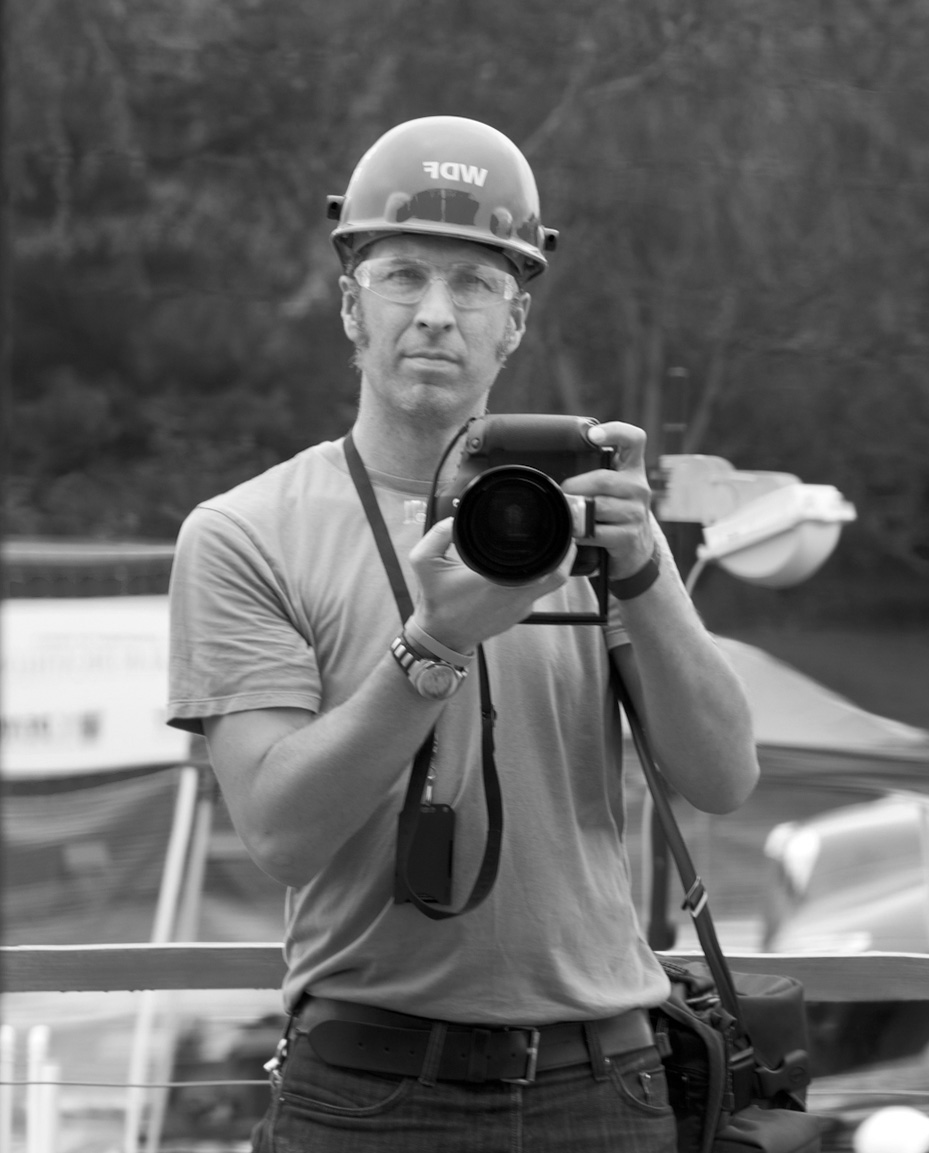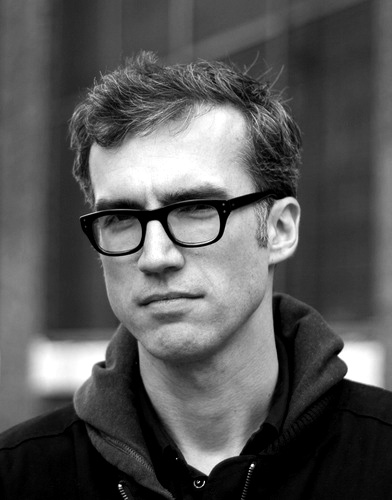by: Gretchen
On Monday, 07.15.13, AIANY’s Marketing & Communications Committee hosted a program called “On Camera! Marketing Your Message Using Photography, Video, and Documentary.” Conceived by committee member Debra Pickrel, Principal of Pickrel Communications, with support from myself and fellow co-chair John Fontillas, AIA, LEED AP, the program was Part 1 of a two-part series that focuses on the increasing popularity of interactive photography, videography, and documentary to convey a firm’s story and the cutting-edge trends for their use.
The committee is targeting the series to principals and marketing and communications professionals who are responsible for outreach of all kinds.
Part 1 featured a conversation between Albert Vecerka, a progressive architectural photographer and teacher represented by Esto who is beginning to work in video, and John Szot, co-founder of Brooklyn Digital Foundry and a digital media and video expert. Avinash Rajagopal, Associate Editor at Metropolis and a leading visual editor, moderated what was a very lively discussion. Ideas and tips from Vecerka and Szot are summarized below. I hope to see everyone at Part 2, scheduled for 11.25.13, where we will present notable documentarians who specialize in architectural and urban subjects.
Albert Vecerka, Photographer
www.avphotography.com; www.esto.com/vecerka
Vecerka’s Ideas/Tips
• Storytelling. The photographer needs to produce a set of photographs or video footage that creates a visual narrative about a project, so that someone who has not seen it in person can understand and experience it. Choosing the right shots and sequence matters. Three basic shots used in documentary photography and filmmaking can be used as armature: a wide or establishing shot, a medium shot, and a close-up or a detail.
• Collaboration. Architectural projects are most commonly products of collaboration and teamwork. In Vecerka’s opinion, the photographer should be a part of the team from the beginning, participating in all phases of the project. However, most clients opt for final photography only. In a true collaboration, for example, the photographer might create beautiful photographs to be used as the basis for renderings during the proposal and approval phases, or make time-lapse photographs of the construction process, or photograph the project just before it is completed so that the press can receive exciting materials about the project.
• You do not take a photograph; you make a photograph. A photograph is a carefully constructed stage set and everything that fits in the frame has to be carefully considered. Even before any physical work begins, the photographer does careful observation and analysis of the subject and makes decisions about how best to achieve the vision for the photographs. He or she must make considered choices about what to include and exclude from the frame, where to position the camera, and what lens to choose (this determines perspective). The photographer must carefully choose the light, including the type of day, time of day, and whether or not to subtract or add light. Throughout the process of composing and taking the shot, as well as in post-production, the photographer is constantly reflecting and assessing whether he or she has made the right decisions.
John Szot, Co-founder, Brooklyn Digital Foundry
www.brooklynfoundry.com
Szot’s Ideas/Tips
• Looking at current social media trends (Vine, Instagram, Snapchat), video is quickly becoming the new standard for interpersonal communication.
• Video’s multimedia nature and visceral impact can be used to create an emotional connection between your audience and your message.
• On their last three projects involving civic fundraising, video direction and production costs represented significantly less than .05% of the cost of the project it was promoting, yet in all cases the videos were centerpieces of the fundraising efforts.
• Videos have the benefit of being didactic, entertaining, and easily deployed over a wide variety of media channels with no supplemental qualification.
• In a video, architects can use scenographic thinking to enhance the presentation of their proposals and paint vivid portraits of the first-hand experiences they envision.











